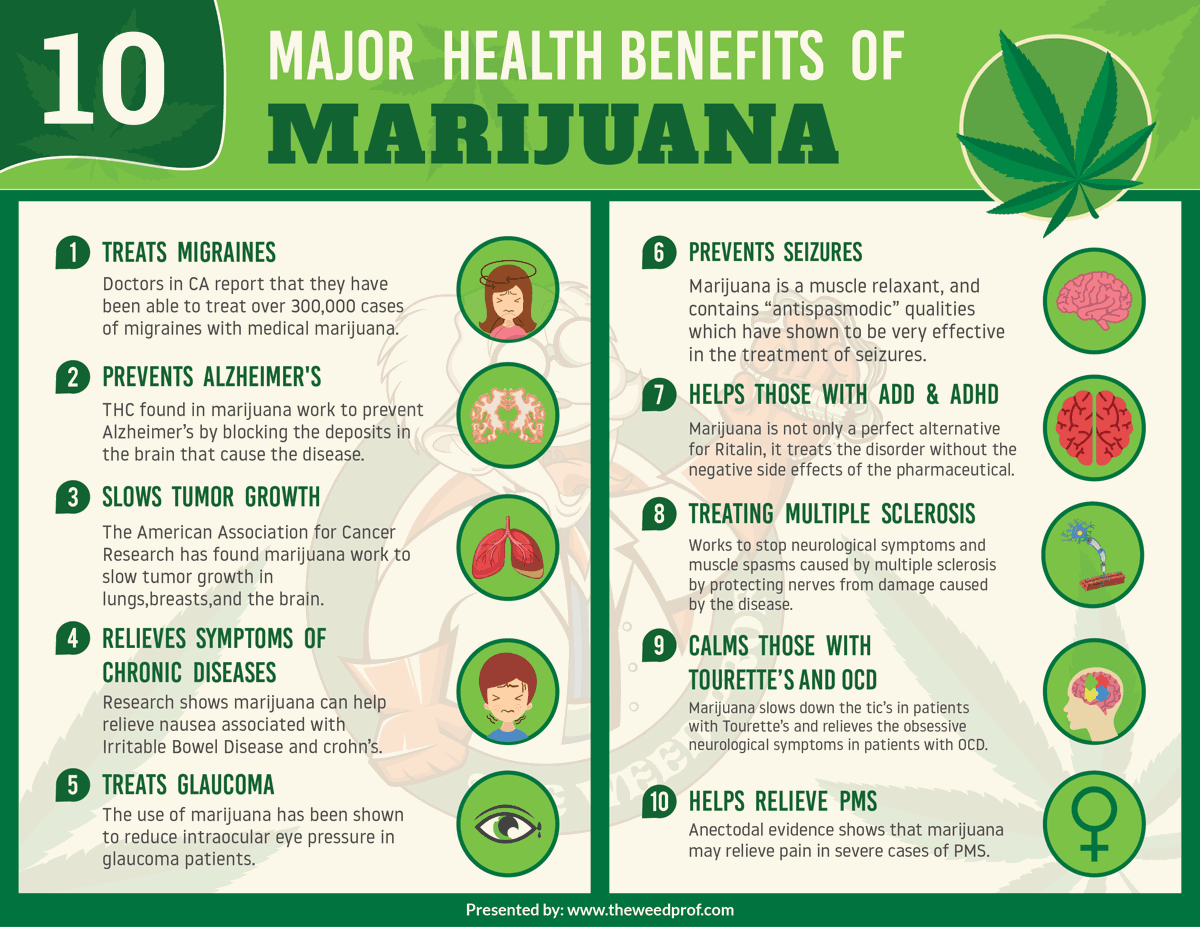The story of humanity is a long one. Over time, as we
progressed and domesticated horses and cows, and farmed sheep, goats and pigs,
dogs found their place. Not as food, but as protectors and finders of food.
This is not incidental but specifically because of their infinite versatility.
Their keen smell, sharp hearing, agility, and mobility gave them the edge above
any other domesticated animal or pet and enabled the dog to fulfil any role
required from them.
Later on there came a shift in purpose with the emphasis on
protecting the household, or warning the owner of danger. However, as humankind
progressed through the ages, another shift in purpose developed, namely to be
companions or friends taking on a social responsibility which also include
assisting humans to deal with disabilities.
The best example here is the guide dogs for the blind,
making them the best service animals. They have also been functioning as ears
for the hearing impaired and even as arms and legs for the physically disabled.
However, these dogs function as far more than replacements or limbs or senses.
May be more important, they provide tremendous psychological support to their
companions, who often find social and emotional barriers far more difficult to
overcome than physical ones.
Guide dogs not only offer their human friends greater
mobility, but also give them an increased capability to cope with their
blindness. But, most importantly, a guide dog gives the blind owner a new lease
on life. There is a positive acceptance of the disability, of life and risk
taking, expression of feelings, assertiveness, personal achievement, and
orientation to the present, relaxation, improved body image, security,
self-control, self-awareness, and opportunities for social growth and
interaction.
Hearing dogs assist deaf and hearing-impaired persons by
responding to the telephone, the fire alarm, and other specialized needs such
as the timer on a microwave oven or a crying baby. The greatest benefit
however, is that the owners of such dogs experience a decreased dependency on
hearing people and a new found freedom that may allow them to live alone or
free from anxiety when the hearing spouse or partner has to leave the impaired
person to go to work, etc.
More specialized than the ordinary hearing dogs, are the
so-called signal dogs, which act as the ears of the deaf. A signal dog is
trained to respond to the slightest sound, for example, after a deaf young
woman received a signal dog she became confident enough to start a family. The
woman’s husband had normal hearing but worked a late shift, and she feared she
would be unable to hear her baby’s cries in the night. With the signal dog, she
could put her mind at ease. Another signal dog, whose owner has a dental
laboratory, alerted his master to all the timers and sounds of the electronic
equipment, he worked on.
A companion dog is one who is trained to support their
recipient in home environments. These dogs are not necessarily only for the
disabled, but also for those in need of assistance in and around the house, for
instance the elderly, the lonely, or the isolated persons in life. These dogs
are there to assist with picking up dropped items, opening and closing doors,
wardrobes, and drawers, removing items of clothing like socks, emergency bark if
their owner is in danger, offer emotional support, including love and
friendship and most importantly, assists in breaking down barriers and reducing
social isolation.
The bond between dog and humankind that began centuries ago
still exists today. Over all these centuries, dogs made extraordinary impact on
many aspects of the human life. They certainly deserve the title ‘a human
being’s best friend’!
This can better be described with this joke: ‘to see who
your best friend is, lock both your dog and your so-called best human friend in
the trunk of your car and open them after an hour and see who is coming out
wagging his tail and licking your hand!’
HendrikDB








